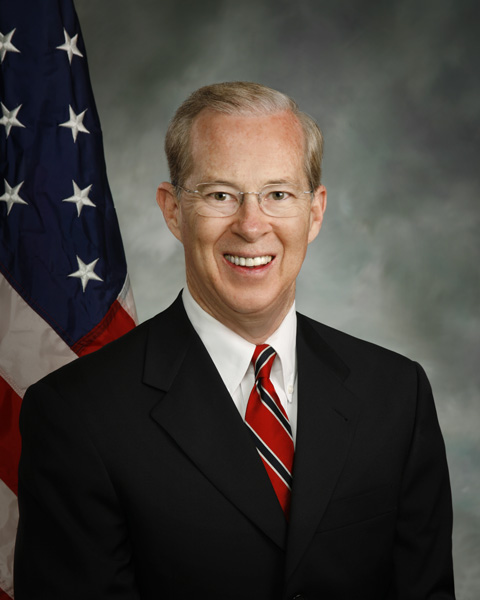“A lie can travel around the world and back again while the truth is lacing up its boots.”
Apocryphally attributed to Mark Twain, few observations su
m up as succinctly the problem of digital media’s insufficient and haphazard way of dealing with corrections.
In fact, too many major online news platforms barely deal with the issue at all.
...In 2009, Harvard’s Nieman Foundation tried to get its hands around online corrections, and merely pointed out legacy newsroom dynamics that still exist, namely:
- unwillingness to recognize that errors are numerous;
- hesitancy in offering corrections; and that
- reader complaints are often ignored or denied.
...In a 2014 interview with the Columbia Journalism Review (CJR) titled “Corrections Don’t Go Viral,” David Mikkelson, part of the husband-and-wife team who run the fact-checking website Snopes said “Everyone knows the original sensational stories are much more interesting than the mundane corrections.”
The issue of disparity between readership of the original versus that of a corrected story hasn’t gone entirely unnoticed.
CJR pointed out in the article that “Now, by the time a story’s debunked, it has already traveled, with no guarantee that readers will navigate back to the original source — or any source at all — to see a corrected version.”
CJR highlighted a false story about a woman with three breasts was shared almost 190,000 times on Facebook, Twitter, and Google+, but stories correcting the record only generated about a third as many shares..."
Read on!







